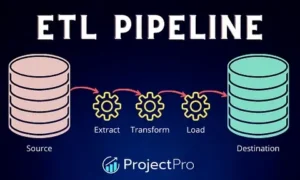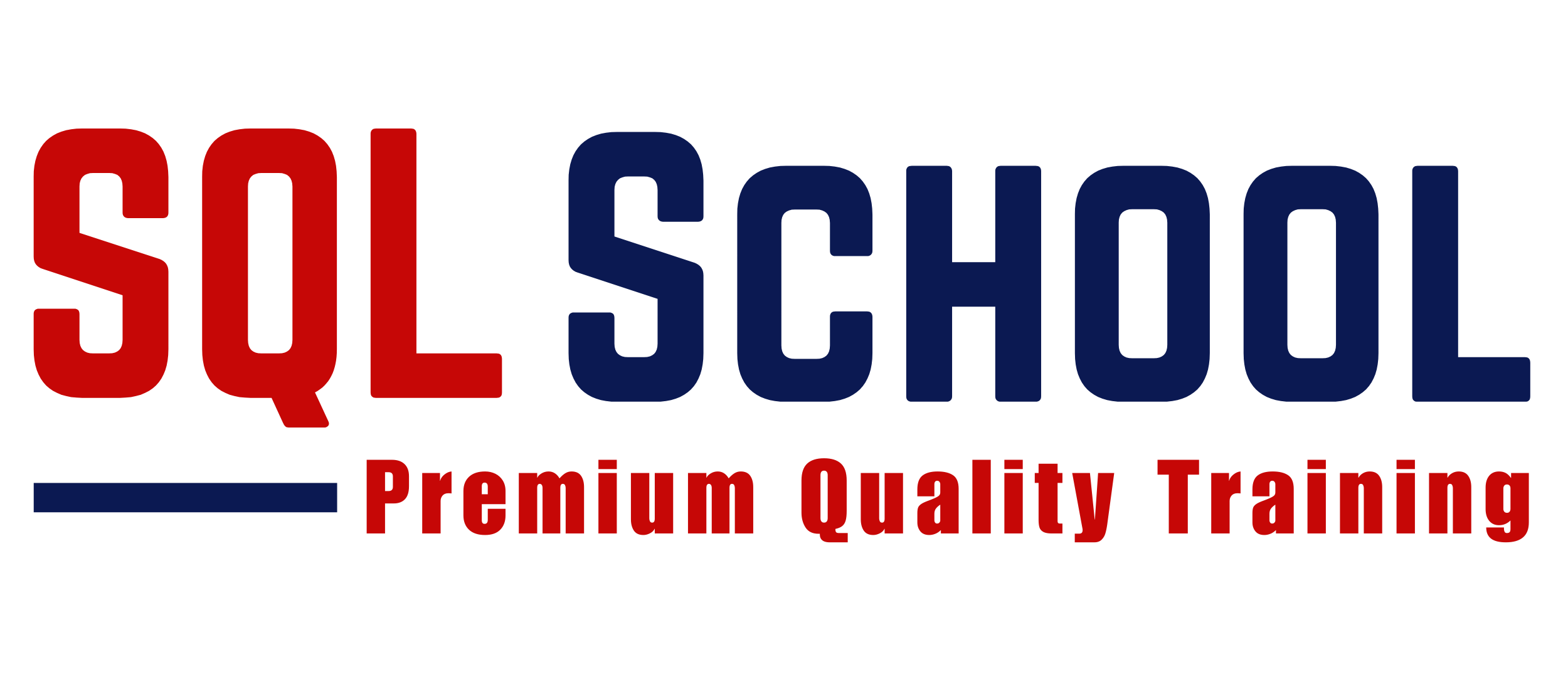🚀 Master the ETL Admin Career Path: The Ultimate SME Blueprint
The role of the ETL Admin is evolving from simple maintenance to a critical function overseeing data governance, security, and big data operations. In a world increasingly driven by cloud data warehouses, becoming an ETL Subject Matter Expert (SME) is the next powerful step for experienced data professionals. This comprehensive guide, based on the in-depth training provided by SQL School, breaks down the essential skills, the required Azure technology stack, and the definitive ETL Admin Career Path you must follow to achieve true mastery and significantly scale your career (and CTC)!
📺 Full Video Walkthrough: ETL Admin Training Overview
To fully grasp the scope and complexity of this high-profile role, watch the video below. It provides a detailed, four-module roadmap for becoming a complete ETL Admin:
Don’t miss future sessions! Hit the subscribe button and click the bell 🔔 to get notified!
📝 What’s On Deck: Core ETL Admin Expertise
A true ETL Admin manages the entire data ecosystem, requiring expertise in cloud platforms, security, and big data processing. Here is a breakdown of the core knowledge areas:
⚙️ Key Roles & Prerequisites for the ETL Admin
- Target Audience:The role is highly preferred for experienced DBAs, ETL Developers, or Data Engineers [00:00:57].
- Career Scaling:Becoming an ETL Admin is the next preferred step to scale up your CTC(Cost to Company) [00:01:13].
- Holistic Management:The central duty is to manage Databases, ETL Structures, and Data Warehouses with a single hand [00:02:16].
🔧 Core ETL Admin Responsibilities & Focus Areas
- Proactive Troubleshooting:Moving beyond reactive fixes to engaging in proactive troubleshooting activities [00:01:24].
- Data Governance:Enforcing policies related to security, data governance, warehouse pipeline management, and ETL structure integrity [00:01:36].
- Real-time Operations:Involvement in live IoT (Internet of Things) data injection and designing robust end-to-end workflows [00:01:50].
- Access Control:Managing security and network access across the entire data infrastructure [00:01:36].
☁️ Azure Cloud & Big Data Technology Stack
Mastering the cloud platform is non-negotiable, with a deep dive into Microsoft Azure services:
- Azure Data Services:Expertise in Azure Data Factory, Azure Synapse, Data Lake, Storage Accounts, and high-volume Event Hubs [00:03:16].
- Security & Monitoring:Utilizing Microsoft Entra(Active Directory), Key Vaults, Azure Monitor, Action Groups, and Alerts for system health [00:03:27].
- Spark Ecosystem:Deep knowledge of Spark cluster management, including RDD (Resilient Data Distribution), tables, and analytics jobs for big data access [00:03:37].
- ETL Concepts:Implementing advanced techniques like live data streaming, Spark SQL, and PySpark in ETL pipelines [00:03:48].
📈 Advanced Pipeline Administration Techniques
- Workflow Automation: Building and administering complex workflows, notebooks, widgets, and jobs [00:04:11].
- Load Optimization:Implementing and managing incremental loads and serverless pool architectures [00:04:11].
- Data Access:Handling migrations and enabling secure data access from on-premises sources to the cloud [00:03:48].
💡 Hands-On Challenge: Establishing a Governance Framework
The ETL Admin role requires you to establish a structured Data Governance Framework, ensuring quality and compliance across complex hybrid (cloud/on-prem) environments.
Hint / Quick Tip
A robust framework leverages cloud-native Identity & Access Management (IAM) tools alongside deep monitoring to audit and enforce policies across all data flows. Focus on securing the “E,” “T,” and “L” stages individually.
Solution / Detailed Answer
Your primary action step is to integrate a security and audit layer across your data pipeline. Use Microsoft Entra for role-based access control (RBAC) on your data lakes and warehouses. Crucially, implement data quality checks using big data processing frameworks like PySpark or Spark SQL, setting up alerts to stop ingestion of bad data. The code below illustrates a conceptual quality check on a critical field:
# Simple PySpark Data Quality Check Example
from pyspark.sql import SparkSession
from pyspark.sql.functions import col
spark = SparkSession.builder.appName("DataQualityCheck").getOrCreate()
# Load Data from a secured source (e.g., Azure Data Lake)
df = spark.read.parquet("adl://datalake/production/data")
# Quality Rule: Check for Nulls in Key Column (e.g., 'CustomerID')
null_count = df.filter(col("CustomerID").isNull()).count()
if null_count > 0:
# Trigger an alert/action group to stop the workflow
print(f"ALERT: {null_count} records with null CustomerID found. Investigate data injection [00:01:50].")
else:
print("SUCCESS: CustomerID field is clean. Continue to Load stage.")
spark.stop()🌟 Why This Matters: From Developer to Architect
The ETL Admin Career Path is the bridge between a traditional development or DBA role and a highly compensated Data Architect or Data Science Admin position [00:06:35]. The ability to manage security, optimize cloud resource usage, and orchestrate complex big data pipelines makes you an invaluable rare skill set in the modern data landscape [00:06:46]. By mastering this domain, you transition from executing tasks to owning the entire data platform strategy.
❓ Frequently Asked Questions (FAQs)
What is the recommended prerequisite background for an ETL Admin?
The ideal candidates are experienced professionals already working as DBAs, ETL Developers, or Data Engineers who are looking to specialize in administration and governance [00:00:57].

How long does it take to become a subject matter expert in ETL Administration?
A comprehensive training program designed to deliver subject matter expert (SME) level knowledge typically takes a minimum of four months, focusing on both core concepts and real-time implementation scenarios [00:02:47].
Does this career path include guidance on job placement?
Yes, dedicated training programs often include placement assistance, one-to-one mentorship, mock interviews, and resume guidance to ensure you are market-ready [00:05:37].
🎯 Summary Snapshot Table
| Focus Area | Key Takeaway | Your Action Step |
|---|---|---|
| Job Role | Manage three components: Databases, ETL Structures, & Data Warehouses [00:02:16]. | Audit your current data platform and map all three components. |
| Tech Stack | Master Azure services like Data Factory, Synapse, Entra, and Spark Clusters. | Set up a free Azure account and practice deploying a basic ETL pipeline [00:03:16]. |
| Security & Ops | Involve proactive troubleshooting and robust Data Governance [00:01:24]. | Define 3 mandatory data quality rules for your most critical data source. |
✨ Final Thoughts: Your Time is Now
The journey to becoming a true ETL Admin SME is challenging but immensely rewarding. It demands a four-month commitment to learning a high-voltage blend of technologies, from low-level DBA tasks to high-level cloud architecture and data science governance. Embrace the practice, leverage mentorship, and transform your resume into a highly valued asset in the data platform space.
Ready to level up your career with real-time projects and end-to-end implementation scenarios? Start your ETL Admin Career Path mastery today!
